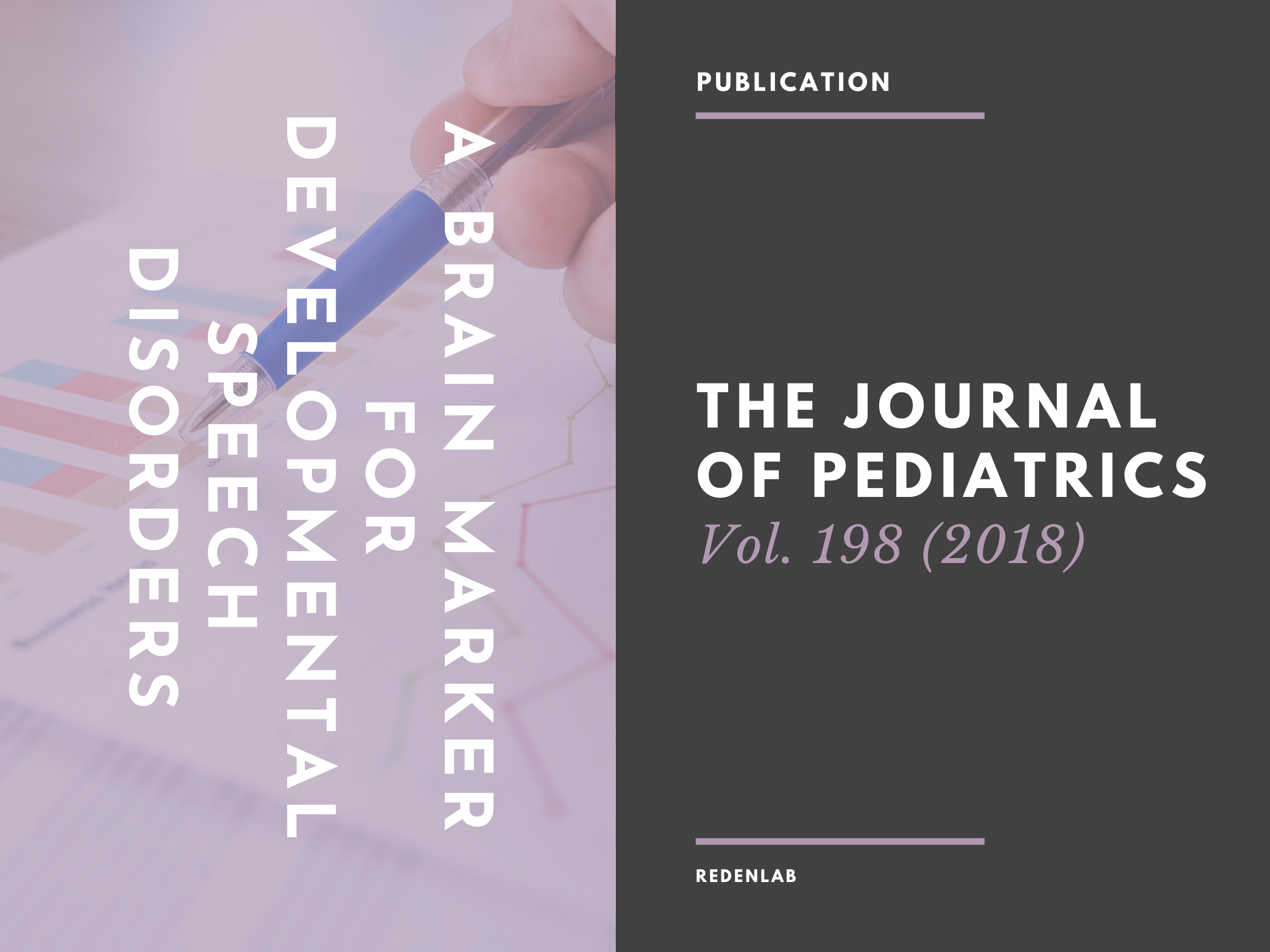SCIENCE: Atypical development of the left corticobulbar tract may be a neural marker for developmental speech disorder

Published in The Journal of Pediatrics
Objective
To characterize the organization of speech- and language-related white matter tracts in children with developmental speech and/or language disorders.
Study design
We collected magnetic resonance diffusion-weighted imaging data from 41 children, ages 9-11 years, with developmental speech and/or language disorders, and compared them with 45 typically developing controls with the same age range. We used probabilistic tractographyof diffusion-weighted imaging to map language (3 segments of arcuate fasciculus, extreme capsule system) and speech motor (corticobulbar) tracts bilaterally. The corticospinal and callosal tracts were used as control regions. We compared the mean fractional anisotropyand diffusivity values between atypical and control groups, covarying for nonverbal IQ. We then examined differences between atypical subgroups: developmental speech disorder (DSD), developmental language disorder, and co-occurring developmental speech and language disorder.
Results
Fractional anisotropy in the left corticobulbar tract was lower in the DSD than in the control group. Radial and mean diffusivity were higher in the DSD than the developmental language disorder, co-occurring developmental speech and language disorder, or control groups. There were no group differences for any metrics in the language or control tracts.
Conclusions
Atypical development of the left corticobulbar tract may be a neural marker for DSD. This finding is in line with reports of speech disorder after left corticobulbar damage in children and adults with brain injury. By contrast, we found no association between diffusion metrics in language-related tracts in developmental language disorder, and changes for language disorders are likely more complex.
Abbreviations
ANCOVAS Analyses of covariance
CBT Corticobulbar tract
CELF-IV Clinical Evaluation of Language Fundamentals, 4th edition
DLD Developmental language disorder
DSD Developmental speech disorder
DSLD Co-occurring developmental speech and language disorder
GFTA-II Goldman Fristoe Test of Articulation, 2nd edition
MD Mean diffusivity
MRI Magnetic resonance imaging
RD Radial diffusivity
WASI-II Wechsler Abbreviated Scales of Intelligence
Click here for more details.
